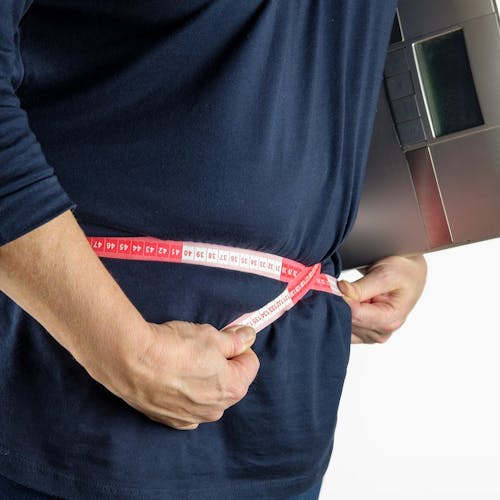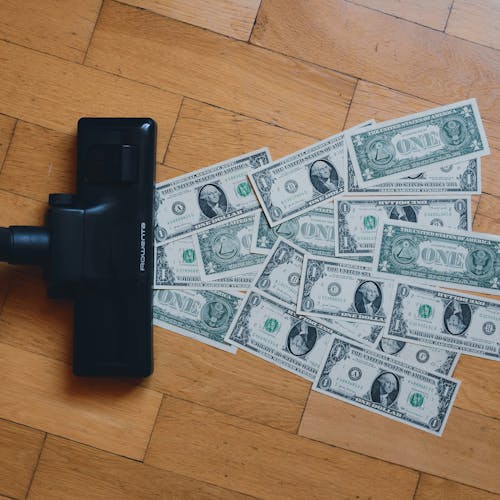AUMICK: Drugs are problematic for large number of students, programs fail

In the past, I have written for The Daily Targum advocating for pro-drug movements ranging from legalizing magic mushrooms to opening clinics that would give addicts a safe space to use heroin.
I am staunchly against the war on drugs, and I do not think anyone is helped by the criminalization of drugs whether the concern relates to addiction or recreation. In spite of this, I continually find myself admiring the straight edge movement.
"Straight edge" is a term that originates within the punk movement in reference to those who choose to stay sober in spite of the subculture’s traditionally heavy use of substances. I have no interest in arguing that music itself is responsible for addiction.
On the contrary, it can be a valuable source of refuge for those who struggle with it. But certain subsets of the punk community undeniably have a tendency to make light of addiction in a way that can be dangerous to the young crowds they draw in.
I was reminded of this issue when looking at the 2019 fall tour of punk bands Days N' Daze and Leftöver Crack, appropriately titled "Cracktoberfest 20!!" It may seem silly to take issue with such a clearly satirical concept, but the issue exists regardless of the artist’s intention.
Drug abuse has been shortened to a punchline at best, and at worst, it is an illness so normalized that it becomes invisible.
In response to the reverent, borderline fetishization of drug abuse that exists in hardcore spaces, some artists created their own space in the movement for substance-free punk music. Starting with Minor Threat in the 1980s and leading up to current punk-inspired bands like Apes of the State, these bands aimed to make sobriety more fashionable than addiction by singing about the self-destructive nature of drug abuse.
In recent years, straight edge has expanded beyond the punk movement and come to be associated with any young person who voluntarily abstains from drugs and alcohol. As can be expected, being straight edge is often socially isolating and even demeaning, but the rise of sobriety in youth culture is an important response to a disturbing trend.
For generations, drug abuse has simply been a rite of passage for college students. Anyone who has set foot on a college campus has probably heard students joke about becoming alcoholics. Most of them probably do not mean it — it is simply an element of party culture to boast about overconsumption.
But I find it actively distressing to think that a student who drinks and uses drugs in excess is more likely to be encouraged than met with concern. When 19.7 million Americans have a substance abuse disorder, it is blatantly irresponsible to treat college drug antics as events that happen in an isolated bubble and do not have larger implications for the people involved in them.
Even more worrying is the fact that the normalization of drug abuse coupled with ignorance of the substance being taken makes for a deadly combination.
A 2010 study by the National Center for Biotechnology Information found that by their fourth year of college, 13% of college students surveyed had tried cocaine. Meanwhile, overdose deaths involving cocaine increased by 34% in 2017, which is unquestionably correlated to the rise of fentanyl, a drug that is more and more frequently being laced in cocaine that had a 47% increase in overdose deaths in the same year, according to the Centers for Disease Control and Prevention (CDC).
While it is easy to go online and buy a reliable test kit for almost any drug, it is exceptionally uncommon for people to do so. Perhaps they are unaware of how common the lacing of drugs is, or it could be that they simply trust their friends and dealers to not give them something that could kill them.
Whatever their reasoning, the rise of overdoses coupled with the popularity of student drug abuse highlights a disconnect in understanding of the severity of addiction.
The answer to drug abuse is not criminalization or fear mongering. Statistics show that anti-drug programs like D.A.R.E. are ineffective at reducing the incidence of drug use in a community.
Undoubtedly, the normalization of drug testing, education and checking on friends would go further than simply telling people not to use them. In this sense, the straight edge movement need not be a lifestyle template, but can serve as a wake-up call.
Addiction does not always look like sleeping on the streets and a face full of sores. It can look like a college student hanging out with friends every night, only to one day realize they cannot get through a full day sober.
Jess Aumick is a School of Arts and Sciences junior majoring in history. Her column, “The Case for Counterculture,“ runs on alternate Tuesdays.
*Columns, cartoons and letters do not necessarily reflect the views of the Targum Publishing Company or its staff.
YOUR VOICE | The Daily Targum welcomes submissions from all readers. Due to space limitations in our print newspaper, letters to the editor must not exceed 500 words. Guest columns and commentaries must be between 700 and 850 words. All authors must include their name, phone number, class year and college affiliation or department to be considered for publication. Please submit via email to [email protected] by 4 p.m. to be considered for the following day’s publication. Columns, cartoons and letters do not necessarily reflect the views of the Targum Publishing Company or its staff.



